The Truth About Pattern Copyright in the USA
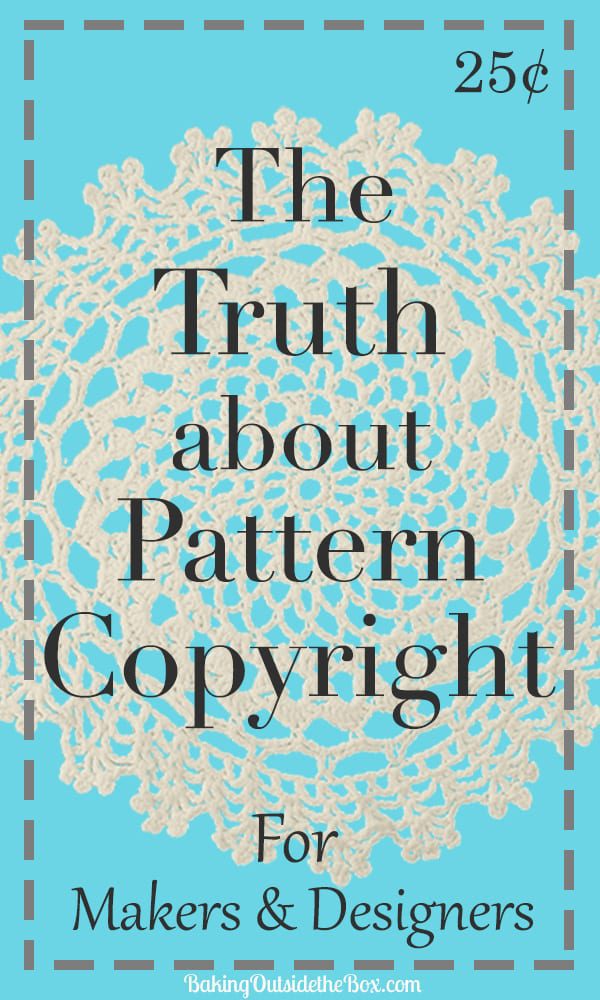
Hi there Recipe Developers, Designers, and Pattern Makers! I’ve been reluctant to speak up on the subject of pattern copyright in the USA. I’ve decided though that it’s high time I wrote this for you. It truly is a love letter. I adore positive creativity in all it’s aspects in my life and the lives of others. It is my constant companion and I hope it’s yours too.
Like you, I work hard at creating useful and pleasurable things for myself and others. That’s why it’s so hard to bring you this, especially if you are unaware of the workings of copyright for pattern and recipe makers.
It is with some regret and yet eagerness I unveil my thoughts as I try to shed some light on pattern copyright. It is both ugly and beautiful.
(OK, you want to cut to the bottom line? Is your pattern and or recipes worthy of copyright? Read section 716 in the compendium of US Copyright. It’s where you should start your search.)
A Little Background
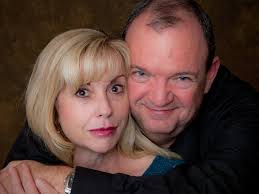
I’ve been involved in publishing for over thirty years writing both fiction and non-fiction. I’ve been published in both games and novels and have traveled the globe with my husband Tracy, lecturing, signing books and sometimes playing games with those who’ve enjoyed our work. We have fun along the way too. You also know that I have this recipe blog. I also have an Etsy Shop for Crochet patterns that I design.
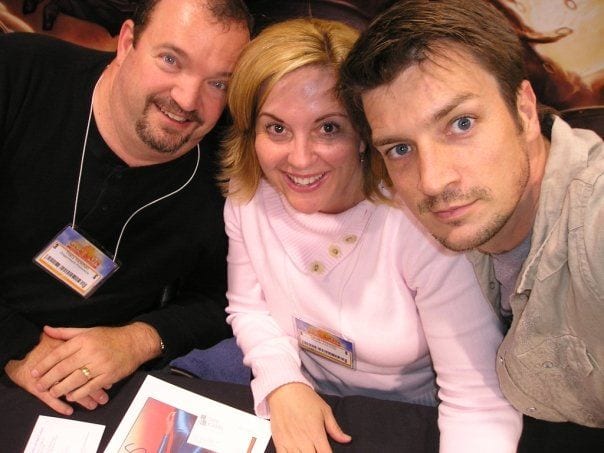
This blog and the work I’ve put into it for the last thirteen years is a hobby that has lent itself well to my writing abilities and I’m grateful for it. It’s also been an outlet for things that I enjoy doing outside my writing like photography, cooking, knitting, crochet, sewing, painting and other crafts as well. It is a pleasure to describe them on the written page. In the course of all this life experience, I’ve researched the subject of copyright for my own projects.
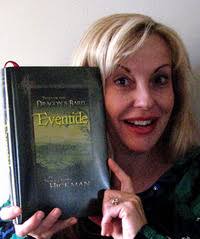
Disclaimer: I’m not an attorney and this is NOT legal advice. I strive for accuracy but cannot guarantee it and apologize for any mistakes upfront. This article is meant to spur you on to research this subject on your own.
I’ll approach the subject gently, especially for newbie designers and those who are simply unaware. So I’m hoping it will bring you greater understanding of the things you create and publish and what copyright does and does not do for us as designers and makers. It is a bid to give you a bit of creative peace. (But it will take a few paragraphs to get to that part.)
The Impetus
This article is inspired by a goofy comment I got from an obvious newbie designer who saw one of my simple crochet patterns on Pinterest and raved that:
‘This is my pattern. I have a COPYRIGHT and you must instantly take it down or I will make trouble for you!’
Yikes! No, I’m not kidding. She said that. I felt sorry for her newbie ignorance. She did this all without any fact checking such as researching:
- My patterns are copyrighted also.
- My patterns are apparently older than hers.
- What her copyright of her patterns does and does not do for her. (This is the most important part.)
Not that these things matter as much as you might believe. And I’m about to tell you why:
The Ugly Part
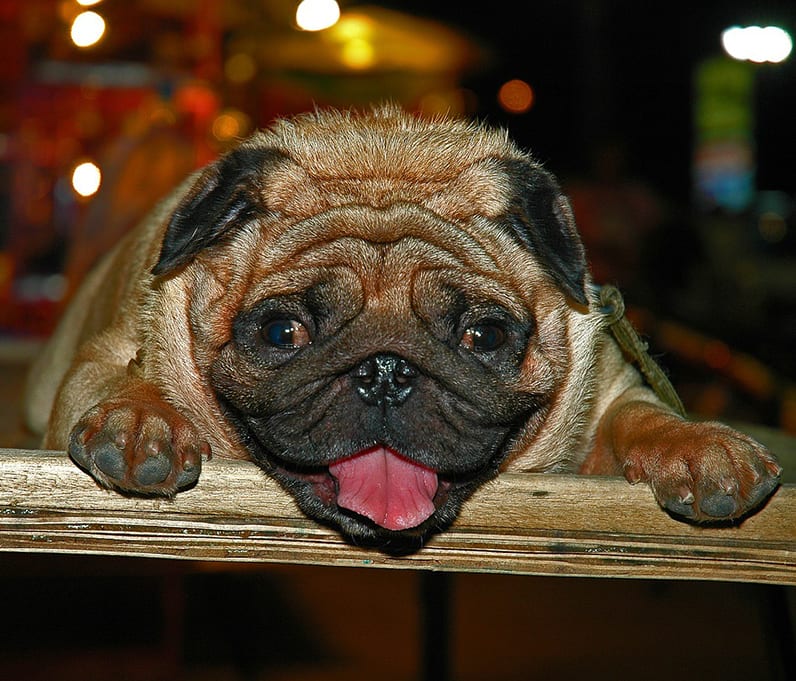
Under US copyright law patterns and instruction lists for common items (described as ‘useful’) like recipes, clothing, knitting, crochet, and toys as well as other things too, don’t have protection under copyright. Recipes are on that list? Yup it applies there too. The example I read on the copyright site gave the example of a pattern for a chair — so furniture too, I guess. I also found an example of a pattern for a sleeve.
Lest I forget, ‘processes’ are listed as something that is not copyrighted. Instructions, recipes, and patterns are descriptions of processes as well as considered ‘useful.’ So two strikes for us, it seems.
Not protected????
WHAT THE HECK???
Yup it’s true. This is the ugly part.
What Copyright is Not
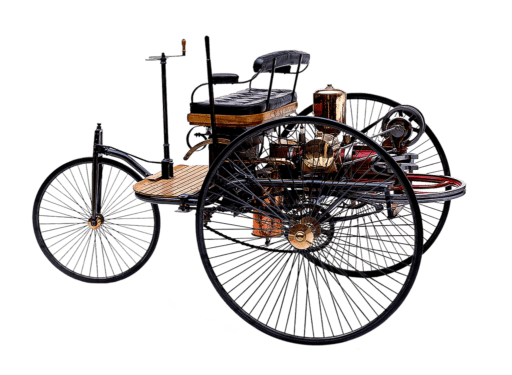
I should also mention for those who don’t know: Copyrights ARE NOT patents. You cannot reserve the rights to your pattern as though it were an invention deserving a patent number no matter how beautifully written and illustrated your instructions are.
The fact is that you will never get a patent for a pattern of a useful item. Although you could spend a king’s ransom trying. (You can throw money at the patent pending form which runs out in a year when you would then have to throw a lot of money at more forms trying to obtain an actual patent that would be denied for a common item.)
Oh yes, back to being as gentle with the truth as possible…
A helpful short, but incomplete list of what is not copyrightable, chapter 700, section 707, page 3.
Now please stay calm, and keep reading, … deep breath… deep breath…
You Do Get Some Protections for Patterns and Recipes Under US Copyright Law.
Sorting the Useful from the Artistic
US Copyright laws are meant to protect the artistic and unique. Things like novels, poetry, artwork etc. fall into this category. That’s where things that are classified as ‘useful’ get into trouble. But there is some protection here too.
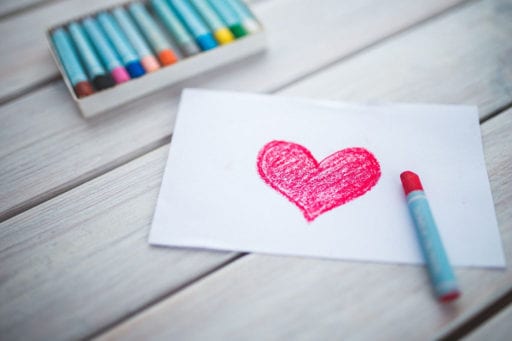
I know…I know.. you feel with all your heart, as I often do, that what you have created is no common thing but a piece of art worthy of admiration. To the people who take pleasure in creating things from your pattern or recipe, it well may be. But this is purely subjective and has nothing to do with the reality of the law.
So very sorry about this. It’s a bummer for all of us. And yeah, go have a good cry if you need to. I sure did. Just don’t choose to close your eyes and pretend like the law doesn’t exist and start telling yourself fairy-tales about copyright. That’s scary, and it’s happened to whole and entire companies! Just don’t let it happen to you. You know what that looks like? 🙂 :
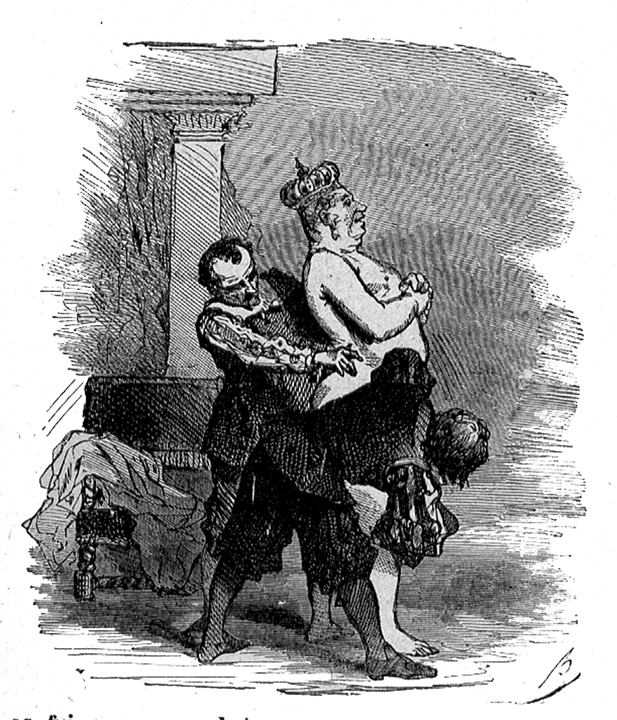
Step in the Copyright direction (Read myth #1 for a bit of clarity)
What is Protected in My Pattern or Recipe?
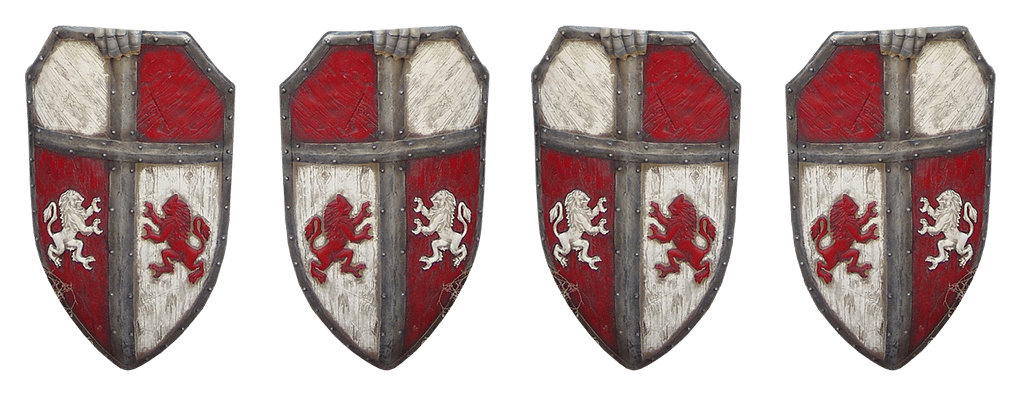
As far as I understand it:
- Any of your own original art work, ie; photos, drawings, art : This one is pretty self explanatory. It must be your own stuff. Something you made yourself or contracted with someone to be made and you have the rights to the art.
- It is NOT something as common as grass like a blank graph or a lined sheet of paper. Items like these can’t be copyrighted. It also cannot be something you took from a book or pulled/swiped off the internet. –that’s theft, with a couple of exceptions – if it is in public domain or has a free for commercial use license and this can be tricky– another subject for another day.
- Any text that is unique. Your explanation of the pattern / recipe like; introduction, tips, conclusion, story tid-bits etc. As far as I understand it it is pretty much anything outside the the list of ingredients / materials or instructions. The Copyright Office may reject a copyright for a pattern outright apparently. It has to be phrased correctly. Apparently even saying it’s pattern might get it rejected. All of that is explained on their site.
- (Go read the section in the Copyright compendium PDF in chapter 900 starting on page 27 (920 to 920.4 and then 924 at the end of the chapter. It will give you some clarity.)
Wow, is That it? Can I Add My Own Stuff to the Pattern Copyright Notice?
Sure you can. But you may not want to. It only appears to further limit the rights of the consumer. People often say stuff next to the copyright like, ‘You may not make items from this pattern and sell them.’ Or – ‘If you sell items made from this pattern you must give me design credit.’ Or something like it. You’ve probably seen folks on You Tube do this too.
Sometimes this type of addendum is called an author’s notice or ‘angel policy’. You’re welcome to add it, but it is a dog with no teeth and just looks bad….it’s unprofessional.
Under the law, author additions to the copyright notice, whatever the popular term for it may be, have no legal bearing on the actual copyright or legal standing. In other words it’s just so much ‘hooey’. I briefly searched for case law where an Angel Policy held up. I don’t think it exists. But you can look for that on your own.
Important Note: See the comment section below for a great addition about the very real danger of doing this.
If a consumer chooses to honor the designer’s wishes, that’s simply nice of the buyer, but not required. It’s not illegal for you to add your own thoughts to the copyright notice – just unwise.
Don’t want to believe it? Go read this:
This information may help you.
Consider Who Your Customers Are
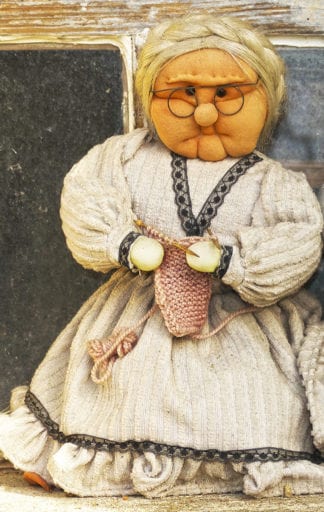
I can hear someone out there saying: ‘But what about all that software with stuff that you have to agree to before buying and downloading?’ Can’t I do that? Well you could, but this is a license, a type of contract. It has nothing to do with copyright.
It would a headache to serve up the legalese and the contract required that would have to be signed-off on by your buyers before each purchase. That’s right. For it to be a true license the consumer must knowingly agree to it before they shell out any money or the license will most likely not hold up in court – if you took it that far. You just might also scare off all but your most hard-nosed customers…..so much for grandma Betty downloading a sweater pattern to make for little Johnny…you can kiss those sales good-bye.
For further understanding watch this video of an attorney explaining these ideas.
This Just Isn’t That Great, Is It?
I’ve explained all this in very simple terms as a beginning place of understanding for you, dear Designer / Developer. When I first read about pattern copyright I felt appalled, as you may be feeling now. I felt sick with disbelief.
Immediately, I jumped onto the government copyright site and researched it. After all, I have books and games with copyrights why shouldn’t my other projects have the same copyright protections?
The answer is because they are not the same thing. One is considered ‘art’ and the other is ‘useful’ and a process. It sort of stinks, but there are advantages that are beautiful for you too.
Get Your Piece of the Creative Peace

Where is the promised peace? Here it is: In limiting the protections on useful items like patterns and recipes, it takes a lot of worry from your creative process.
For instance; the woman on Pinterest who was so outraged about my pattern that is apparently something like something she has made. It may have a similar, but dirt-common motif. I am certain that’s where the similarity ends. My pictures and unique text are not the same as hers. I know it because I created my own text and photos.
She is a very lucky lady the law is not otherwise or she’d be the one removing her similar project from her book as my copyright seems to be older. And then both of us, no doubt, would be in hot water with someone else who thought up this simple pattern before we came along.
(Just think of it…If the law were different your great grandma could have built a dynasty on the copyright for the recipe for boiling water 100 years ago! 😉 )
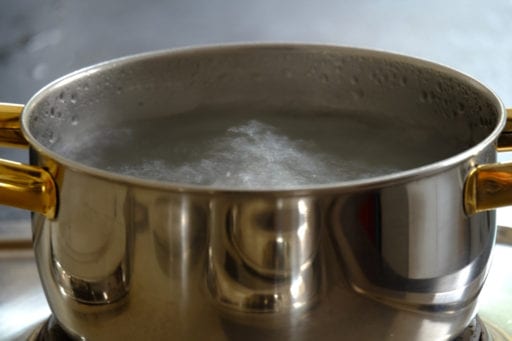
Four Big Slices of Peace:
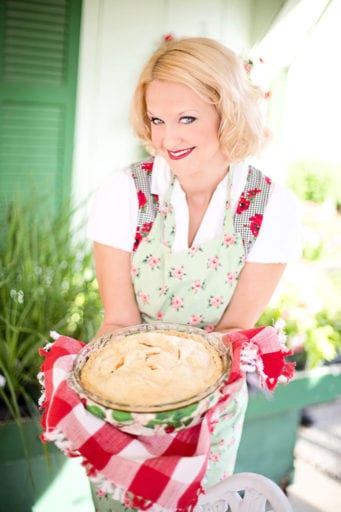
- 1. Take comfort that the copyright you get for your pattern is meant to protect you from others copying your exact pattern, text, and pictures. It can deter them from selling or abusing it.
- 2. Take a deep breath. The parts of your pattern that are copyright-able are under copyright from the moment you write it/ photograph/ draw it, before you even register it with the Copyright office.
- 3. Take peace in the idea that when you build a pattern from the ‘ground up’ of your own text and pictures that because it is a ‘useful item’ that no Johnny-come-lately can claim it as theirs even though it might be somewhat similar to a design of theirs. People think up similar things everyday– they say it’s in the air…. it’s more likely in the culture, but wherever that thought came from that sent you into your creative space to make a pattern or recipe, you don’t need to fret.
- Use your own words and pictures. By doing this, your project can’t be taken away from you. This is how you are protected by a limited copyright for ‘useful items’.
- 4. There is also peace in the limitations of pattern / recipe copyright because it alleviates you of the burden of trying to police the world wide web to protect your intellectual property. You may happily ignore anyone with a similar pattern. The exception is if your words or pictures are being used or sold by someone else. You may then attempt to stop the abuse by whatever avenues are legally open to you. If it’s not possible to stop them, I suggest you walk away if you can. You are not your product. (My husband has actually made me hold a book manuscript at arms length repeating the mantra ‘This is me, this is my product’.) Don’t lose precious creative time being a dog with a bone. Just do what you do best — make more stuff. You never know, sometimes things work out anyway. (What other fabulous books would Dickens have written if he hadn’t had to spend so much time in Chancery or in court suing people?)
What other advantages are there for you? Please add your thoughts in the comments.
*Go see the comments! You lovely people have added your thoughts and I so appreciate it! -LCH
Final Chimes and Parting Gifts
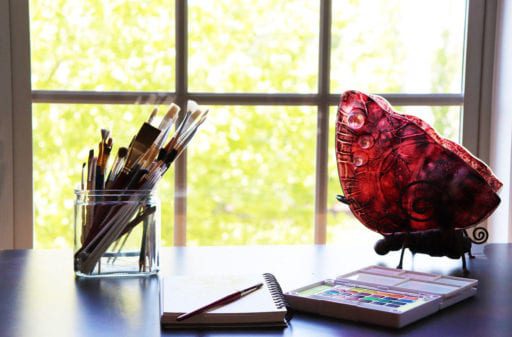
- We all love looking at what others are creating for both pleasure and inspiration. But be certain to circle back to your own original thoughts and creations. This will give you the peace of creative integrity.
- Don’t be shy about publicly thanking the people who inspire you to create something or try something new. Generosity in your recognition of other’s work is key to getting along with other creators.
- I advocate for daily creativity and blue sky thinking — that’s one of the places where peace and pure joy comes from. Try to get a healthy dose everyday. Makers need this time not just for business, but for calming and organizing the creative flood of ideas that seep in around the edges of one’s mind.
- Always believe that there are many out there who long for and need the next pattern or recipe you’ll create. So go create something wonderful!
- Dear Designers, Makers and Recipe Developers, I wish you much success, peace and joy in your work and in life. — Love, Laura
Check out my Pinterest board on copyright here
If you love sewing you may also enjoy:
Further reading about pattern copyright:
Copyright Registration for Works of the Visual Arts / Circular 40
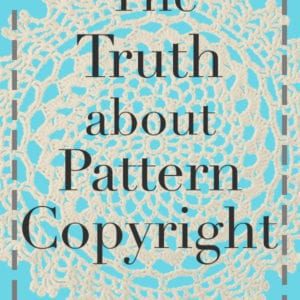
THANK YOU FOR THIS POST! I have an additional part to this that you left out. I am a scientist and work with a patent and copyright attorney of 30 years experience and asked him about the “give me credit” and “do not sell” caveats (Angel Policies) that I have seen on Etsy patterns for seeing, knitting, crochet, etc. That caveat has always outraged me, bc I do make and sell patterns, and have NEVER put that on my patterns.
After his hysterical laughter died down, here was what he told me. And warrant that it’s NOT touchy feely, but a cold hard truth from an attorney. Gave me a whole new awareness of this issue, and…it cannot be said “touchy feely,” because people need to realize what just could happen, before it happens, and to stop doing this.
Not only did he say it was totally meaningless, (“toothless as you put it”), but he said it was DANGEROUS on the side of the pattern maker. He said, legally, a buyer could take a pattern maker to court over an “angel policy,” because they are purposeful, intimidating, harrassing restrictions that a seller is putting on the use of their products. It’s an actual attempt to gain advertising from customers without paying, and an attempt to sabotage other fiberwork businesses by stealing business from pattern buyers, (by forcing them to send their customers back to the pattern maker.)
It could be viewed in a court of law as business harrassment and intimidation, forcing someone to give you advertising without paying them, coersion to impose a fraudulent contract, corporate sabotage or racketeering (scaring someone into believing that they will hold you legally accountable if they don’t give you credit – give you free advertising and your customers.)
If someone actually chose to challenge one of these caveats, the court would take a very dim view of it, AND potentially even grant monetary damages to the buyer of the pattern if that buyer could prove they believed the restriction was legal, and lost sales to the pattern maker.
For example: if someone bought a knitting pattern for a baby blanket for $5, knitted the blanket, and then put it on Etsy for $75, but then gave credit on the sale page to the designer of the pattern because they legally believed they had to, an honest sale could be lost. Once a potential customer of that baby blanket reads that they could just buy the pattern for $5 and give it “grandma” to make, or a friend, that’s a serious business loss and the courts would see that as a genuine financial loss. At the least, the pattern maker would be told to remove the restriction, may possibly be fined for trying to set up a fasle contract, or worse.
Bottom line #1: those caveats pattern makers put in their patterns are NOT harmless, nor cute, nor ethical, nor good business. It’s HORRIBLE business, outright GREEDY, demanding free advertising, an attempt to force an honest business into letting the pattern creater steal their customers, and VERY UNETHICAL. It’s not right for a pattern maker to brainwash someone into believing their buyers have an ethical duty to give them credit for a product the buyer made with their own hard work, time, and money.
Bottom line #2: The attorney said that the reward we get for selling our patterns is, THE MONEY WE GET FROM THE SALE OF OUR PRODUCT – THE PATTERN!!! What we DONT get to do, what we DON’T have the right to do, is to try and glean profits off the sale of our customer’s products!!
Thank you Amy! This is a great deeper insight to to the unethical use of ‘Angel Policies’. It’s important to know that such policies can get a maker into legal hot water.
I think one point needs clarification. It is true that you can’t use the copyright process to take down patterns you did not produce. If the end product resulting from another person’s pattern is the same as the product produced by your pattern, to bad. Nether person can stop the other.
However, if someone steals your exact pattern, with your original artwork and instructions, and offers it for sale on their own website, you can use the copyright process to get them to take it down. You can submit images and lext and design notes as a creative documentation package and apply for a copyright.
Yes you’re correct. It’s true I didn’t mention the process for for stopping an IP thief. I appreciate your comment here.